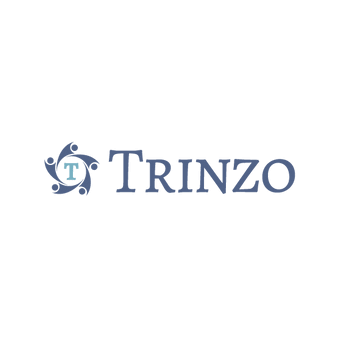Companies who implement a number of management systems including ISO 14001, the environmental management system, ISO 50001, the energy management system and OHSAS 18001, the health and safety management system are required to identify legal and other requirements that are applicable to them and subsequently evaluate their compliance with these. This presents its own difficulties in a single jurisdiction including the following:
- Who carries out the compliance evaluation – should they include or be independent of the personnel who identified the organisation’s legal requirements? Ideally the compliance evaluation should be independent of the originator of the legal register.
- Should the compliance evaluation be carried out by one individual or by a team? A team approach ensures higher levels of consistency – the team should be greater than 2 people but less than 4.
- How should the output from the compliance evaluation be documented?
- How should the compliance evaluation findings be verified/validated?
- How frequently should the compliance exercise be undertaken? The norm one to three years.
- How does one maintain consistency and objectivity in the compliance evaluation process?
In a multi-jurisdictional context these issues become even more fraught. Some of the difficulties that can be encountered are as follows.
The person or team who identified the legislation applicable to the company is likely to be based in the country where the company is located. Should these personnel be involved in the compliance evaluation exercise or should the exercise be carried out independently of them.
A team approach to legislative compliance evaluation is essential given that no single individual is likely to have the knowledge of multi-jurisdictional legislation to be in a position to carry out the evaluation in a satisfactory manner.
Documentation of the output from the compliance evaluation is rendered extremely difficult by the pronounced differences in approach from country to country and in some jurisdictions from region to region.
In the majority of cases the legislative compliance evaluation protocol will have been generated from translations of the indigenous legislation. Objective validation/verification of this protocol can be extremely difficult if not impossible. This also impinges on the consistency and objectivity of the compliance evaluation process.
Language and cultural differences exacerbate the aforementioned difficulties. This is a theme I will return to in the future.
llactid=24986


